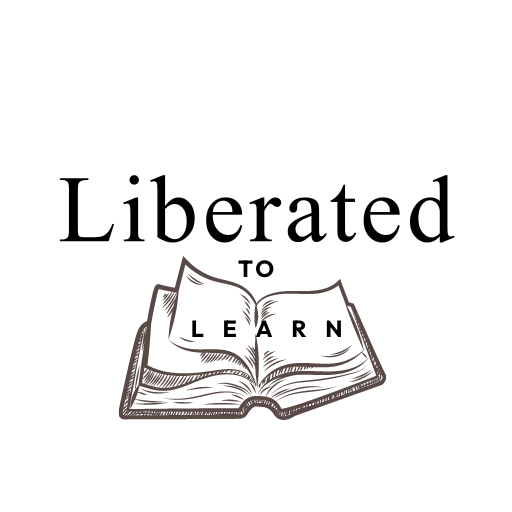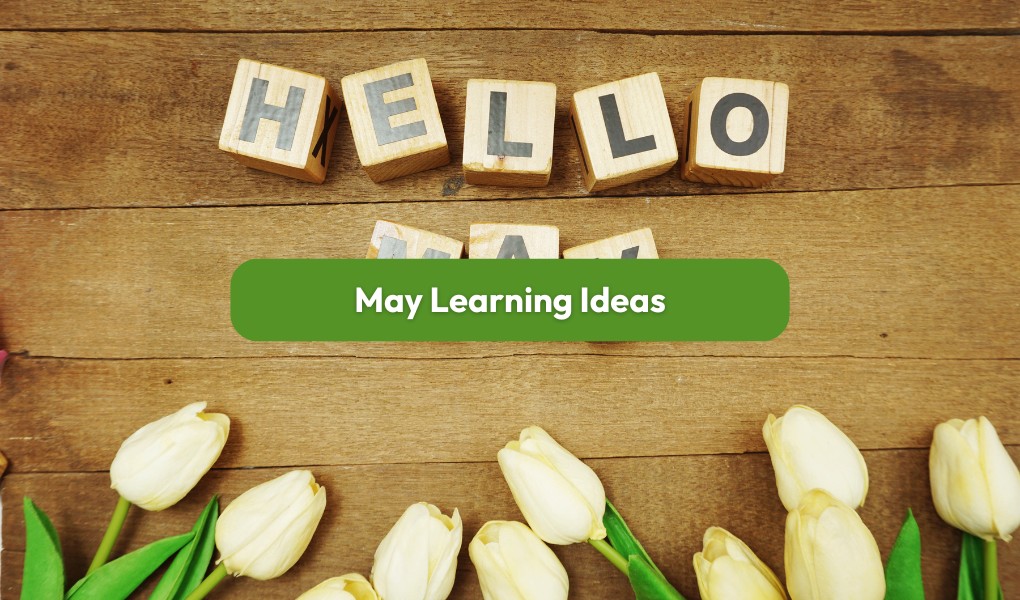If you’re struggling to teach your child the core subjects because they find them boring, the solution has been with you the whole time.
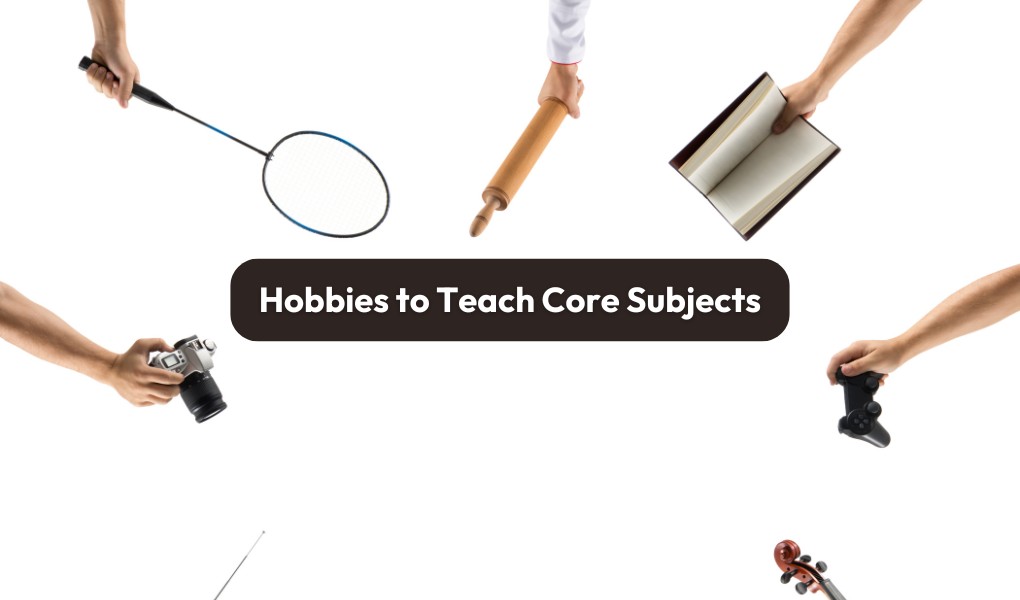
If you’re struggling to teach your child the core subjects because they find them boring, the solution has been with you the whole time. It all lies in using your child’s favourite hobbies to teach those core subjects that they may not otherwise be very interested in.
Let’s face it, often the important things we have to learn aren’t the most interesting and when you’re a child, everything that’s worth doing and learning to them has to be exciting and engaging.
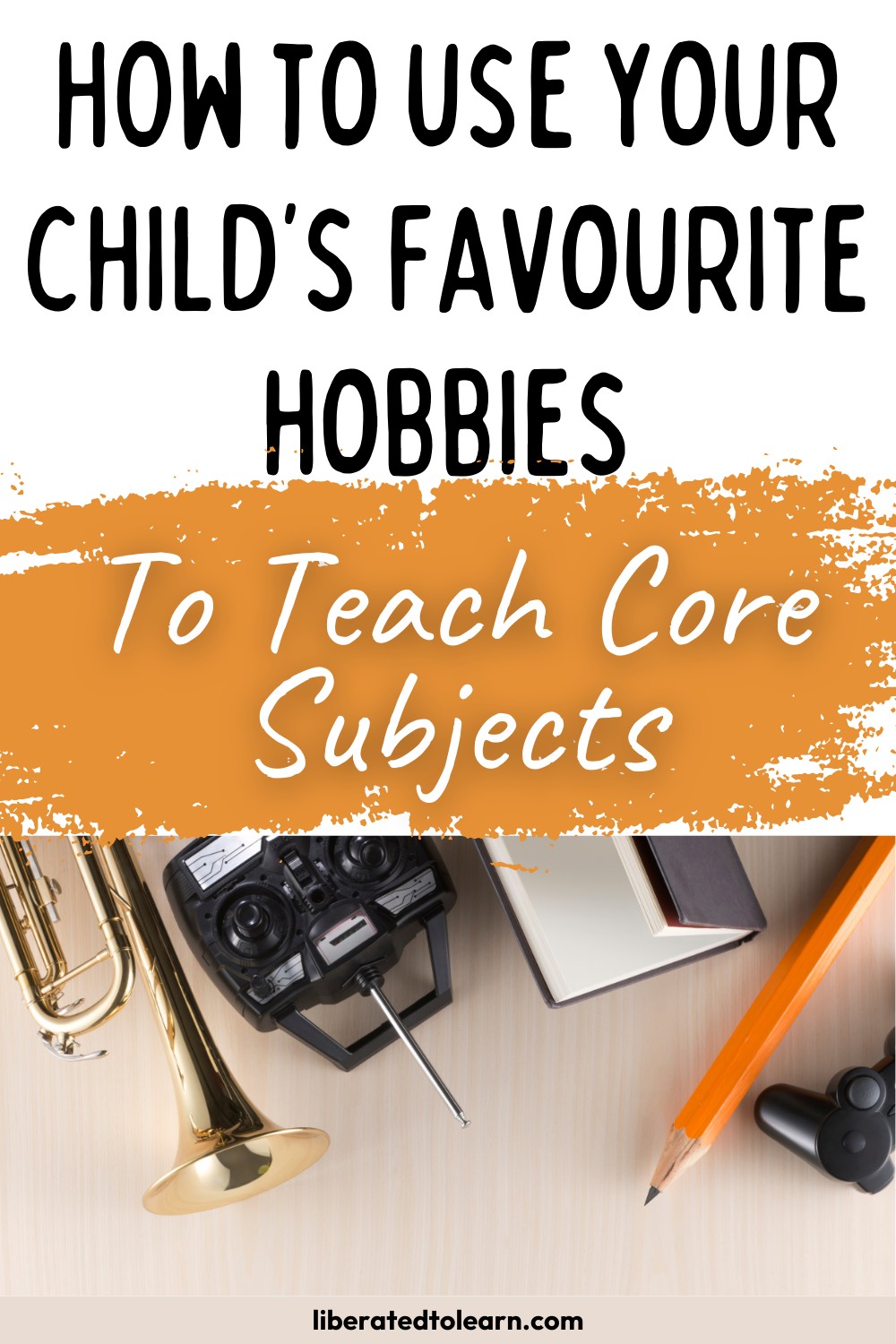
Why Hobbies are Powerful Teaching Tools
When it comes to learning, there’s no better way to engage your child than by tapping into what they already love.
The beauty of childhood is that the world is so exciting to them. It’s full of questions and ideas, discoveries and newfound hobbies. And it’s through these hobbies that children truly gain a deeper understanding and retain information better because to them they’re just having fun.
In fact, if you look at the studies, they show that when children are actively engaged and enjoying themselves, their ability to grasp complex ideas improves.
No matter what your child’s hobby is, you can use it to teach the subjects that they need to know, like maths and english. Now you’re probably thinking, how exactly do I do that? So, let’s get into it.
How to Integrate Hobbies into Core Subjects
Art to Teach Maths
Art and maths may seem like two unrelated subjects, but they overlap more than you might think! If your child has a passion for art or just simply enjoys getting creative, here are the ways in which art can be used to teach maths.
Drawing to Teach Geometry and Symmetry
Simply use your child’s love for drawing to get them to draw different shapes and create geometric artwork. Turn it into a fun art session where they can also draw mirrored shapes and patterns. Perhaps get them to draw the shapes of objects and any patterns they see at home. This provides you with the perfect opportunity to explain about geometry, symmetry and even the different angles of shapes.
Measurement in Art
The great thing about your child’s love for art is that they’re bound to draw or create something with different lengths, widths and angles. Which means you can get a ruler out and encourage them to start measuring their creation! Use both rulers and protractors and teach the different units of measurement.
Proportions and Ratios in Portraits
Drawing portraits is a great way to focus on proportions and how to use them. Get your child to draw portraits of themselves and you and teach them how to apply ratio and draw things to size.
Tessellations, Patterns, and Sequences
The best way to learn about tessellations and patterns? Create a tessellation art project! Your child can make or draw different shapes and then make a pattern using each of them. They can also make up their own patterns and sequences
Angles and Rotations
Creating mandalas or a radial pattern is a great way to teach about angles and rotation. You can get your child to rotate their design at different angles.
Map Making for Coordinates
A fun way of learning about coordinates is to actually create a map with different coordinates on it. You could even introduce graphs and plot the points on it too.
Pizza for Fractions
Even I get excited about making pizza out of crafts, and they’re the perfect activity to learn about fractions. When you divide your pizza into fractions, you could use a different colour to shade the slices in.
Dimensions in 3D Art
If your child wants to get really creative, building a sculpture, model or even experimenting with 3D drawing is sure to keep them busy for hours. And it’s a great way to learn about dimensions and how to scale things up and down.
Clocks and Time
Have fun creating clocks to help teach with time and learn about angels through the positions of the hands.
Art and Data
Even data can be made interesting by turning it into an art project. You can get your child to collect fun data throughout the day, whether it be the things they observe or asking friends and family specific questions. Then they can create different bar graphs and pie charts for the data they’ve collected.
Art to Teach Literacy
Visual Story Maps
After reading a book or story, you can encourage your child to create a visual map of the main events or characters. This will help them to better understand the story and the sequence of the plot. They can draw the scenes of key moments from the story and even include speech bubbles or labels with important phrases from the text.
Sketching Characters
Character sketches are the ideal way to help your child visualise and understand character traits, emotions, and their appearances as described in a story. And if they’re motivated to, they can also write a short character analysis, describing the character’s personality, motivations, and development.
Illustrating Vocabulary
If you want to get your child more interested in learning new vocabulary, get them to illustrate the new words they learn, especially when reading. By associating word meanings with images, it may help your child to remember them.
Another fun idea is creating a word wall filled with illustrations that represent new words.
Storytelling with Art
If your child is struggling with a particular story or is losing interest, get them to retell it through their artwork. They can create their own visual storybooks or retellings of key scenes or alternative endings.
Art Prompts for Creative Writing
Rather than creating art, you could try a different approach and provide your child with a piece of your own artwork and have them write a story or poem based on it. This might be more appealing to them and it helps them to practise narrative writing by using something visual to work off.
Setting the Scene with Art
Art is a great way to bring stories to life, so after reading a description of a setting in a story, have your child draw that setting in their own style. It’s also worth encouraging them to write a detailed description of the scene and include sensory details like sights, sounds, and smells.
Using Art to Explore Themes
Art can be a powerful tool for exploring and understanding themes in literature. You could encourage your child to identify the theme of a story and then express that theme through a piece of artwork. It could be a painting or a sculpture that represents the lesson or moral of the story.
Art and Letter Writing
If letter writing is something that you want to introduce to your child, you could make it more appealing with not only writing letters but with the added twist of illustrating them. The illustrations can help convey emotions and messages in the letter more vividly.
Mind Mapping for Story Planning
Mind maps are a much more visual way to plan a story and your child can make them really fun and unique. One idea could be a mind map tree where each branch represents different plot elements, characters, and events. This is a great way to help your child organise their thoughts and plan their writing.
Art to Teach Science
Drawing and Illustrating Scientific Concepts
Learning about different scientific concepts doesn’t need to be boring—simply drawing and labelling diagrams, like the human body or a life cycle, can keep your child engaged and content doing what they enjoy, while also learning at the same time.
Nature Journaling
A nature journal is a great way to combine something creative with learning. So, encourage your child to go outside and sketch what they see in nature. This can help them to learn all about their observations like the ecosystem, different species, and the weather.
Microscopic Art
If you want to start learning about microorganisms like bacteria and viruses, a fun idea would be to get your child to build their own model microscope and draw what they think these tiny organisms would look like under one.
3D Models and Sculptures
The best thing about science is there are so many interesting models that you can create. So, if your child would like to get really hands-on one morning or afternoon and learn some great scientific concepts, have them make 3D models, especially of the solar system and human anatomy—they’re the fun ones to create!
Art and the Environment
If your child loves painting and drawing, get them to create landscapes and even different ecosystems with the species found in those environments.
Colour and Light
Art is all about colour and the great thing is you can explore the science behind colour mixing and how we perceive colours. You could get your child to experiment with pigments and create their own colour wheel or explore how different colors appear under various types of light.
Chemistry Through Art
Your child’s art projects are a great opportunity to explore chemical reactions. Our favourite is always mixing baking soda and vinegar to create a volcano eruption after we’ve built a model volcano.
Model Biomes
To help learn about environmental science, such as climate change, deforestation and pollution, your child could create a ‘before and after’ art project showing how pollution or climate change might impact a certain landscape or biome.
Weather and Climate Art
The weather is much more fun to learn about when you can draw it and create realistic representations of different biomes, such as deserts, tropical rainforests, and the arctic tundra. You could even try illustrating different types of clouds as you learn about them and how to identify them.
Space and Astronomy Art
Use art to explore space, stars, and galaxies. Your child could create their own constellation maps, paint a scene of outer space, and even design a fictional planet or imagine life on other planets.
Art and Engineering
Engineering is a great topic because it already involves a lot of designing. As your child learns about different structures and machines, levers, pulleys and gears, they can create their own and perhaps even models of them too.
Stay tuned for more hobbies soon!
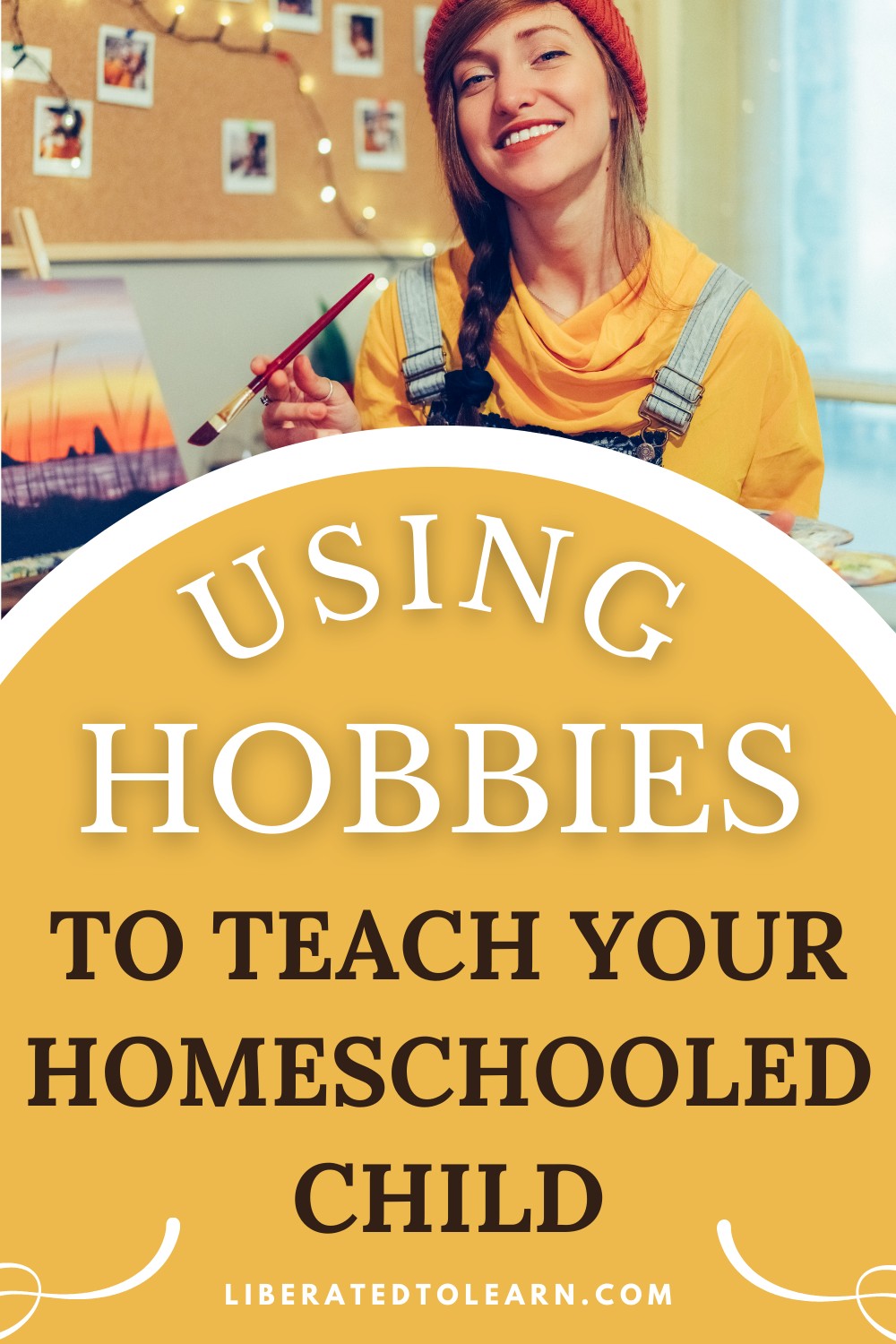
m@liberated
Want more from Liberated to Learn?
Subscribe to stay updated about new posts, resources and giveaways!

